With the ambient air index hovering near danger levels and weather forecasts warning of worsening conditions, authorities in the National Capital Region are activating emergency measures to protect public health.
The air quality in the National Capital Region (NCR) has plummeted into the “very poor” category and added to Friday’s breathing discomfort, as meteorological models warn that a fresh wave of polluted air could envelop the region over the weekend. Officials say calm winds, low dispersion and festival-related emissions are key drivers of the worsening crisis.
City Under A Grey Dome
New Delhi, October 24 – Residents across Delhi, Gurugram, Noida, Ghaziabad and Faridabad woke to a pall of smog as the region-wide Air Quality Index (AQI) hovered around 362 in the early hours, firmly in the “very poor” band. Several pockets of the capital already breached the “severe” threshold, with roadside visibility dipping and the skyline reduced to muted silhouettes. Doctors cautioned against strenuous outdoor activity, warning that sustained exposure at these concentrations can aggravate asthma, trigger wheezing, and depress lung function even in otherwise healthy adults.
Officials attribute the spike to a convergence of factors: post-festival residual emissions, cool nights with shallow mixing layers, and calm to light winds that limit dispersion. Forecast models indicate that a north-westerly flow could advect additional particulate load into NCR over the weekend, setting the stage for a further slide unless wind speeds pick up or a western disturbance brings cleansing rain.
Status Check: Numbers And Hotspots
While the regional average sits in the “very poor” zone, station-level data reveal a pattern of persistent hotspots. Transport corridors and dense residential-commercial clusters continue to post the worst readings, in part due to traffic emissions and re-suspended dust.
| Location (Delhi) | AQI Band (Approx.) | Key Concern |
|---|---|---|
| Anand Vihar | Severe (400+) | Traffic emissions, bus terminus activity |
| RK Puram | Very Poor (360+) | Vehicular and construction dust |
| Patparganj | Very Poor (360+) | Road dust, narrow corridors |
| AIIMS | Very Poor (340+) | High traffic density, hospital zone sensitivity |
Ambient PM2.5 levels are estimated to be 15–20 times the World Health Organization’s daily guideline, a magnitude of exceedance associated with eye irritation, sore throat, headaches and elevated cardiovascular risk. The smog blanket is thickest during the morning commute and in late evening inversion hours.
Why The Air Turned Toxic: Weather Plus Emissions
Meteorologists and air-quality analysts highlight three reinforcing drivers behind this week’s slide:
- Stagnant meteorology. Clear skies, light winds and a low mixing height confine pollutants near the surface. Overnight inversions cap vertical dispersion; by morning, fresh emissions stack on top of lingering loads.
- Multi-source emissions. Vehicles remain the single largest local contributor on typical weekdays, followed by re-suspended road dust, active construction and industrial stacks. Under stagnant conditions, even modest increments compound exposure.
- Festival fallout and secondary chemistry. Residual effects of firecracker use add to primary particulate loads. As sunlight intensifies, ozone formed from NOx and VOCs elevates respiratory risk, extending harm beyond PM2.5 alone.
“The risk is heightened for children, the elderly and people with pre-existing lung or cardiac conditions. When ventilation is weak, even small emissions tip exposure into the danger zone.” — Dr Nikhil Modi, Respiratory Medicine Specialist
Public Health Impact And Advisories
Hospitals across Delhi-NCR report a 10–15 percent rise in out-patient visits for cough, breathlessness and irritation symptoms. Physicians recommend scaling back outdoor exercise, shifting school sports indoors, and prioritizing N95 or FFP2 masks when stepping outside. Individuals with asthma, COPD, coronary artery disease or diabetes are urged to keep medications accessible and consult clinicians if symptoms worsen.
- Use certified N95/FFP2 masks outdoors; cloth masks do not filter fine particles.
- Limit exposure during late night and early morning when inversions trap pollution.
- Run HEPA-grade air purifiers in bedrooms and living spaces; seal windows during peaks.
- Hydrate well; avoid outdoor burning of leaves and waste.
- Monitor AQI on trusted dashboards to plan activities.
Emergency Response: GRAP Measures Activated
With AQI entrenched in the “very poor” band, authorities have triggered Stage-II actions under the Graded Response Action Plan (GRAP) for NCR. These include restrictions on diesel generator sets (except emergency and essential services), intensified mechanical sweeping and water sprinkling on arterial roads, strict dust-control norms at construction sites, and a crackdown on open burning. Enforcement teams are stepping up checks on heavy-vehicle entry, waste incineration, and compliance with tarp and wind-barrier rules at building projects.
Education departments in Delhi and parts of Haryana have advised schools to review timetables, curtail outdoor assemblies, and consider hybrid or indoor formats if conditions worsen. Municipal bodies are coordinating additional sprinkling at known dust corridors and ramping up penalties for violations.
Airshed Reality: The NCR Is Connected
Experts caution against looking for a single culprit. The NCR is an integrated airshed: cross-border transport of pollutants from Haryana, Punjab and Rajasthan influences Delhi’s readings, especially in late October and November. Farm-residue burning, though contributing variably by day, interacts with local emissions and trapped nocturnal layers to drive episodic spikes. Freight diversion via peripheral expressways helps, but compliance gaps and idling queues at checkpoints remain a challenge during stagnant spells.
“We must break the pollution-trapping cycle of calm air, inversion and multi-source emissions. When the ventilation coefficient is near zero, modest emissions can still create hazardous exposure.” — Sunil Dahiya, Clean-air Analyst
Forecast: The Next 72 Hours
Meteorologists flag the weekend as critical. A north-westerly push could carry additional particulate load into NCR between October 26 and 28. In the absence of strong winds or rain-bearing disturbances, AQI may flirt with “severe” readings across more stations.
| Phase | Date/Window | Expected Conditions |
|---|---|---|
| I | Oct 24–25 | Very poor AQI persists; calm winds, shallow mixing layers |
| II | Oct 26–28 | Possible deterioration to severe in more zones with north-westerly inflow |
| III | Post-Oct 28 | Outcome contingent on wind pick-up or western disturbance; watch advisories |
Economic And Social Costs
Smog carries a price tag. Clinics report higher footfall and medicine demand; offices brace for sick leave spikes. Retailers see fewer open-air diners and shoppers, while sports and outdoor events face cancellations. Aviation and logistics suffer when visibility dips below 1,000 metres, triggering delays and curbs on heavy-vehicle entry under GRAP. In housing markets, livability metrics influence buyer sentiment, pushing developers to tout filtration systems and greener building operations.
What Citizens And Communities Can Do
- Car-pool, use public transit, and avoid idling at signals; switch off engines during long waits.
- Cover construction materials; avoid DIY activities that generate dust during high-AQI days.
- Segregate waste; avoid burning leaves; compost organics at the community level.
- Support neighborhood greening and tree care; vegetation helps trap dust and cool micro-climates.
- Advocate for clean fleets in schools, RWAs and offices; encourage e-rickshaw and bus adoption.
Policy Priorities: Beyond Emergency Patches
Analysts argue that each winter underscores the need for structural fixes. Suggested priorities include zero-dust zones with real-time opacity and PM monitoring at large construction sites; quicker electrification of public and para-transit fleets; farm-residue management at scale in source states; and tighter industrial stack controls with continuous emissions monitoring and swift penalties for breaches. Cross-state coordination under the National Clean Air Programme should align timelines and funding for the broader Indo-Gangetic airshed.
| Action Area | Near-term Step | Structural Outcome |
|---|---|---|
| Transport | Peak-hour restrictions for most-polluting vehicles; anti-idling drives | Cleaner fleets and lower corridor emissions |
| Construction | Mandatory wind-barriers, sprinklers, on-site monitors | Sustained reduction in re-suspended dust |
| Agriculture | Incentives for residue management and decomposers | Lower episodic spikes from stubble burning |
| Industry | CEMS audits; fuel-switch support | Predictable compliance and cleaner stacks |
Voices From The Ground
Commuters described stinging eyes on the Ring Road and a sharp odor along major corridors. A café owner in Connaught Place reported a 30 percent dip in early-morning footfall as customers rushed indoors. Parents in Gurugram and Faridabad pressed schools for clearer guidelines on sports and assemblies. On social media, hashtags like #DelhiAQI and #BreatheEasy trended as citizens shared AQI screenshots and visibility clips.
“Even in October we’re breathing worse air than I did in the peak of lockdown. When does relief come?” — Commuter post on X
Bottom Line: Before The Weekend Surge
With a potential new push of pollutants on the horizon, the next 72 hours will test both preparedness and resilience. Relief will depend as much on the vagaries of wind and weather as on enforcement of GRAP measures and individual behavior. The larger lesson, repeated each winter, is unchanged: only structural shifts in transport, construction, industry and agricultural practice will bend the curve decisively.
Conclusion: Breathing Room Requires Systemic Change
As the capital braces for a smog-laden weekend, the imperative is twofold: protect health today and rewire systems for tomorrow. Masks, purifiers and sprinklers can blunt the worst of an episode; sustained investments and governance can prevent the next one from being as severe. Air may be the silent adversary, but policy and public action can be the louder answer. What the city chooses now will decide not only how the AQI reads next week, but how the region breathes in the years to come.

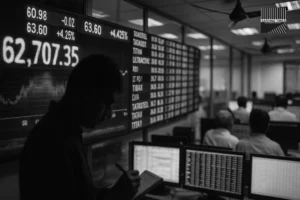
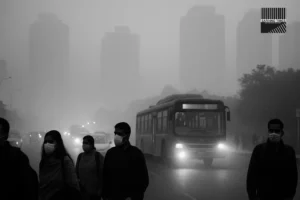
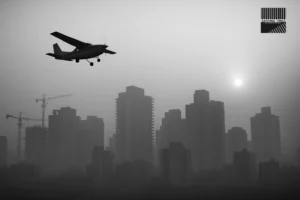
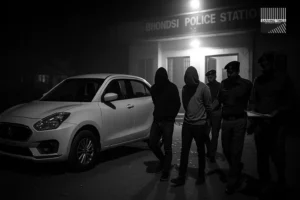
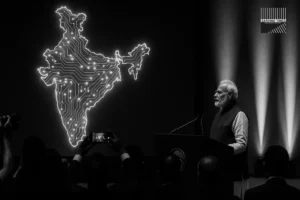
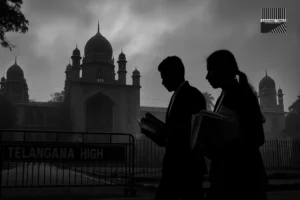
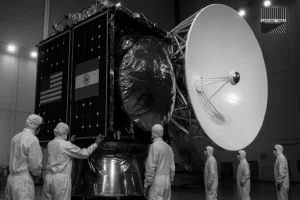



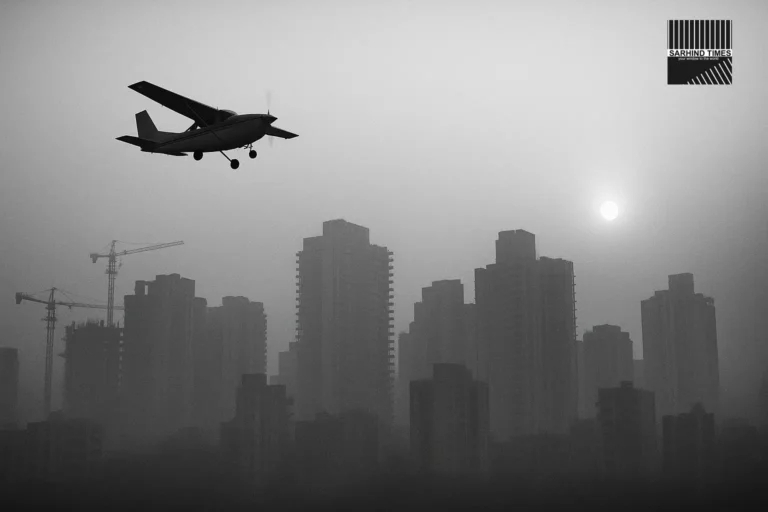

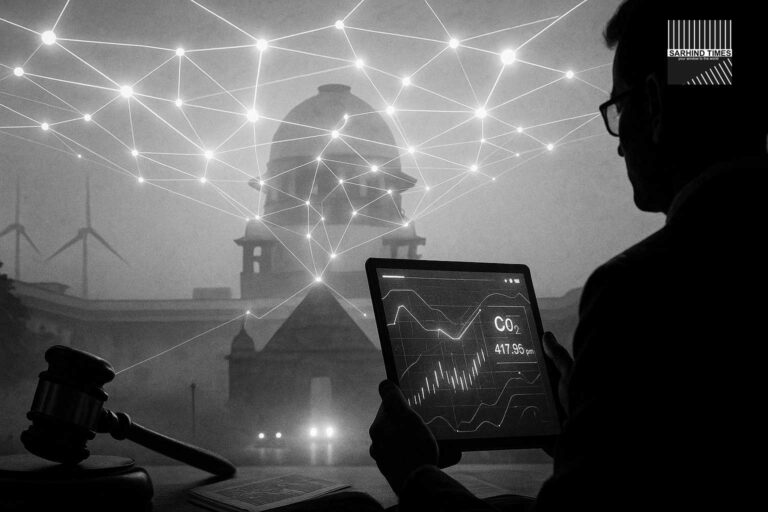

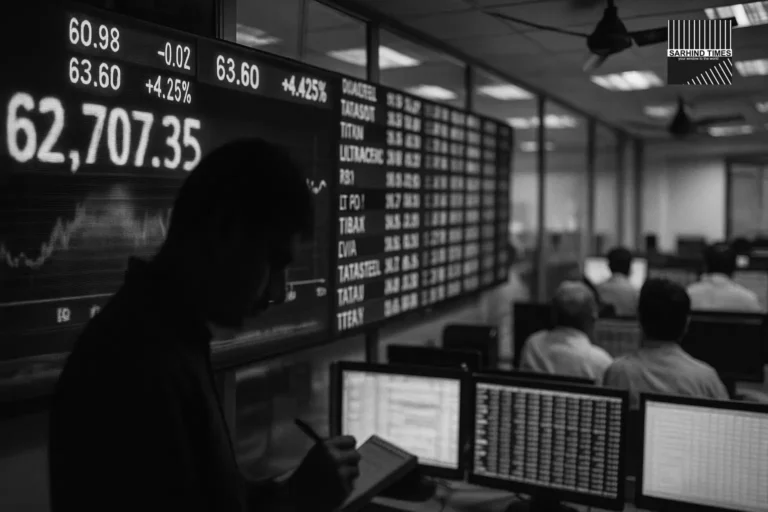
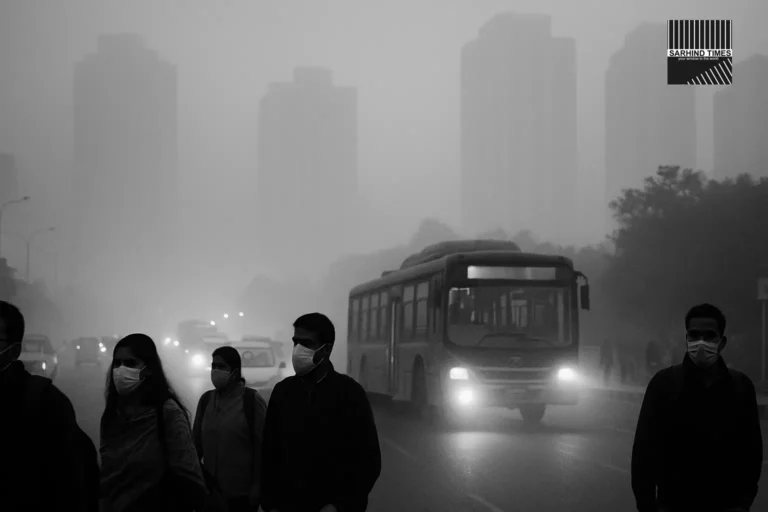
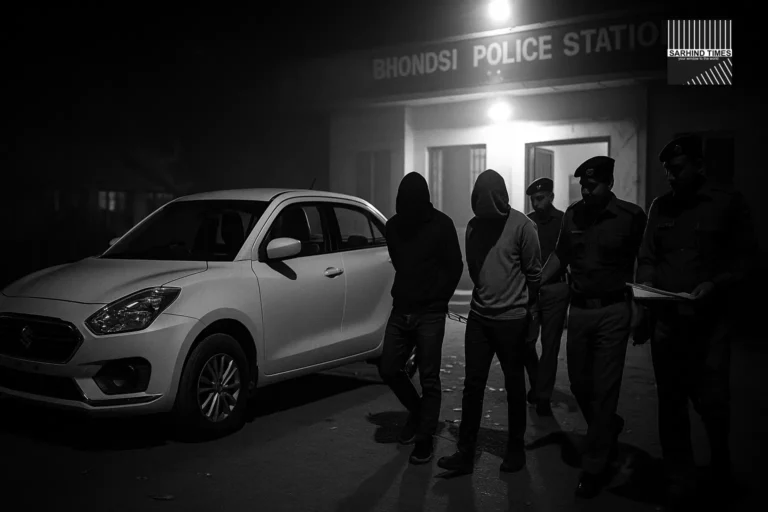
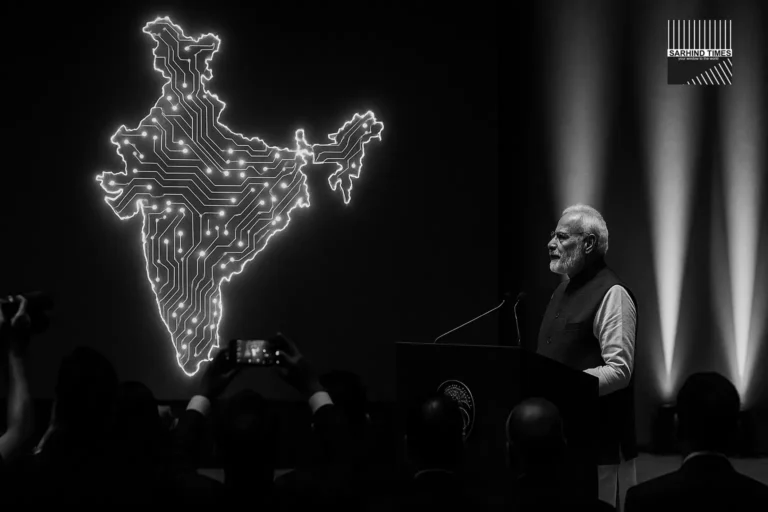
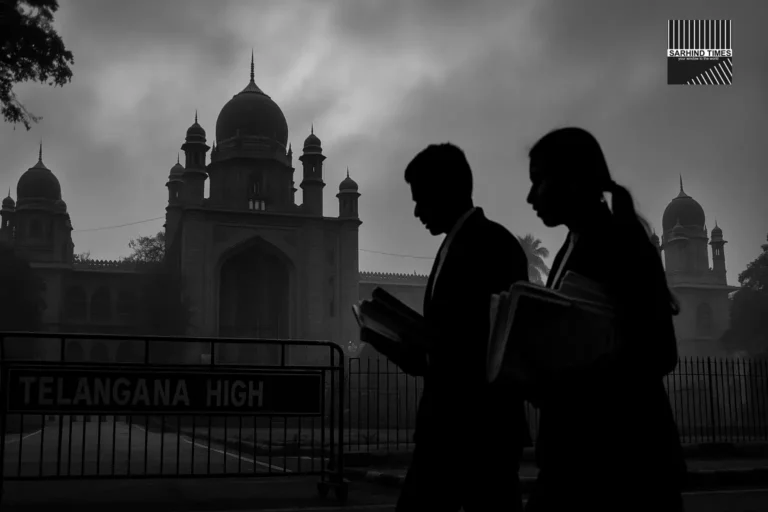
+ There are no comments
Add yours